The Problem: Seeing Into A Dark Room (The Worst Way To Start Your Day)
The Brief: Design a Window Mural that covers windows that see into an empty room.
Must Haves:
-Community/ Boston Oriented
Must Haves:
-Community/ Boston Oriented
-Bright and Energetic Scenery and Colors
-For the Conference Room: the murals have to be calming to accommodate for whomever is using the room (interviews, meetings, emergency hubs etc...)
-For the Offices: Each Mural needs to be customized to fit the occupants of the office's tastes
-For the Officer Work Area: The mural has to be reminiscent of Boston scenery and popular landmarks.
But First, My Amazing Team!
The Project Leads
Sarah Campbell, Co-Project Lead, Co-Creative Director for
The Public Safety Mural Project
Oscar Waldman, Co-Project Lead, Co-Creative Director for
The Public Safety Mural Project
Samuel Billings,Co-Creative Director for
The Public Safety Mural Project
The Artists
First Row From Left to Right:
Lily Girard, Gabriel Lembidakis ( different project), Oscar Waldman, Sarah Campbell
Second Row From Left to Right:
Landon Nuzum-Clark, Samuel Billings
Not Pictured:
Hao Hua
Learning to Be A Team Lead For The Second Time
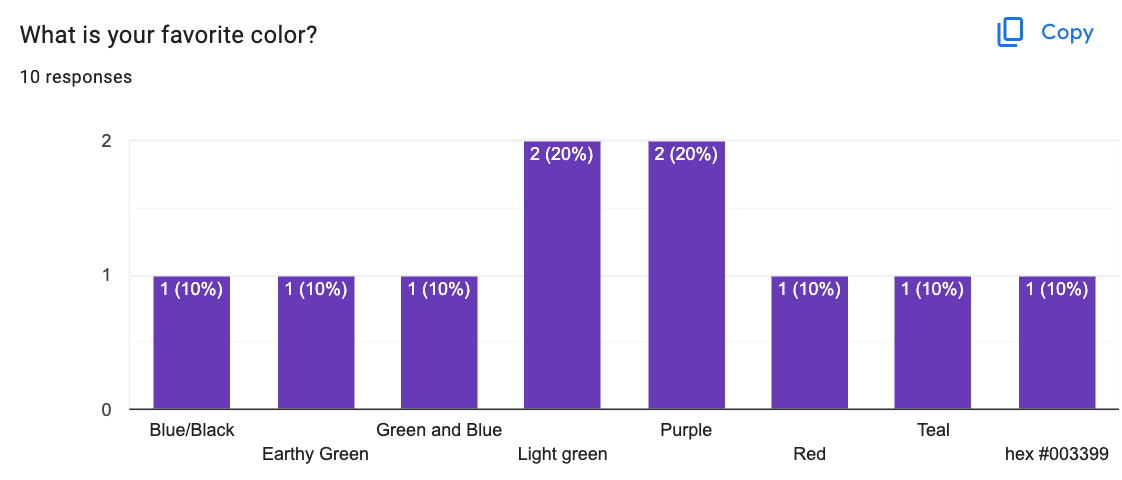



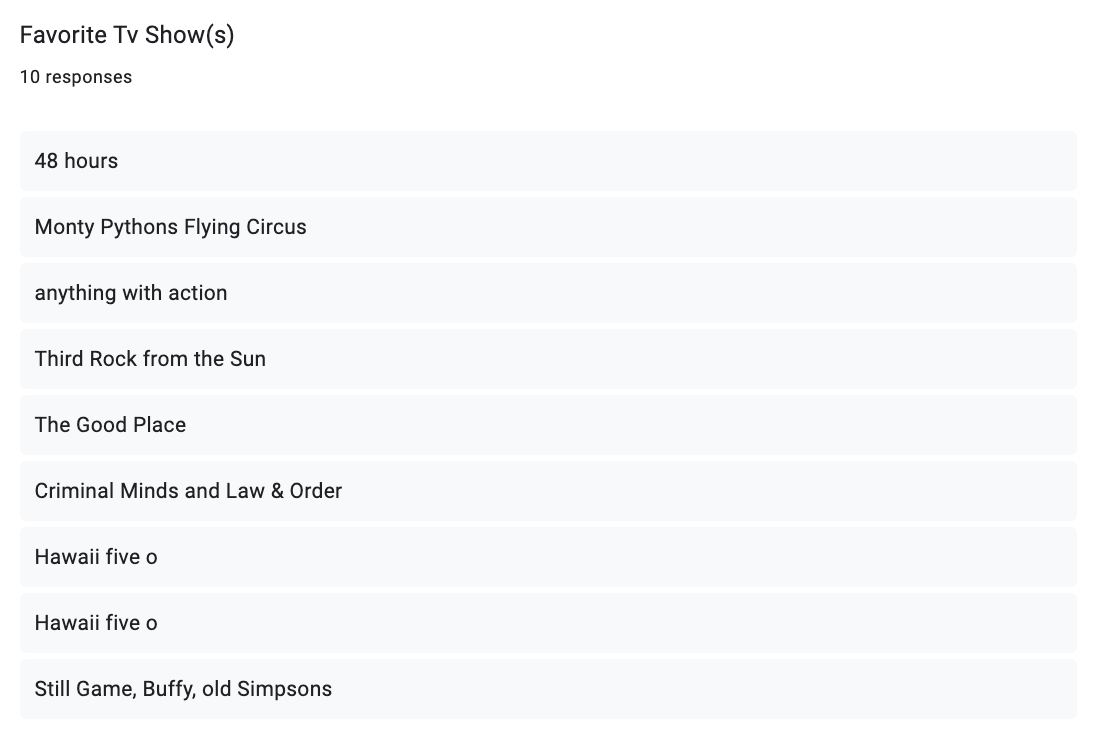
Being the front of any big project is going to be intimidating regardless of what you are currently working on. Here is the overview of how I handled being a project lead for the Massachusetts College Of Art and Design's Public Safety Office. The first action I took as was to perform a strengths and weaknesses assessment of all the artists I was working with on my team. Knowing who was stronger in management in contrast to being better at creative pursuits made it so that my team worked well together and that everyone had a specific responsibility. One of the reasons my team was successful was that everyone contributed ideas and brainstorming, which helped to create ideas—me nor my creative directors would of thought of on our own. We all sat on the floor in in the creative director's dorm and created a giant mind map of possible ideas and directions we could pursue for this project. After a meeting with our client Chief Deborah Krafts, we were able to present all of our ideas and finalize the directions for each office,the conference room and the officer work area. We interviewed the officers across the depart and sent out a survey that asked questions about favorite colors, popular media, sports teams and how we could make the office feel more comfortable for the officers (see above photo gallery).
Chief Krafts, The Co-Lead, The Creative Directors and, I wanted to give every artist the opportunity to showcase their own styles while working with the creative directors to format everything in a way that looked polished and unified.
How did we unify all the pieces when they were created by different artists?
Me and my creative directors used gradients and color grading to unit all the pieces together in a seamless gradient that flows evenly across all the individual's works without disrupting their styles or the illustrations originality. Truely, it was a labor of love and took a considerable amount of time to adjust all the pieces. The gradients were based on the favorite colors of each of the officers and a selection of color palettes we curated. Once reviewing the data we selected the final colors to use for color grading each piece.
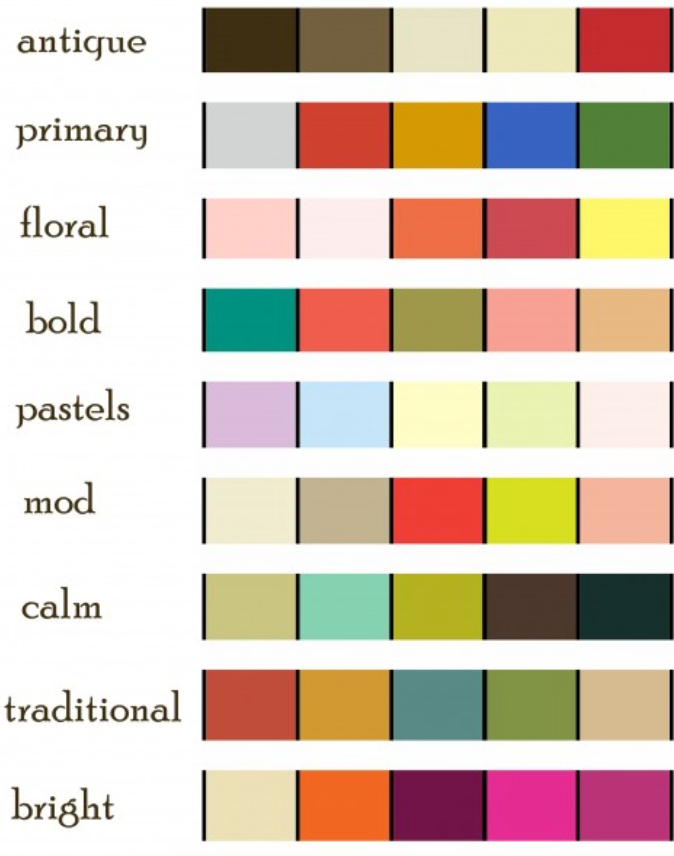
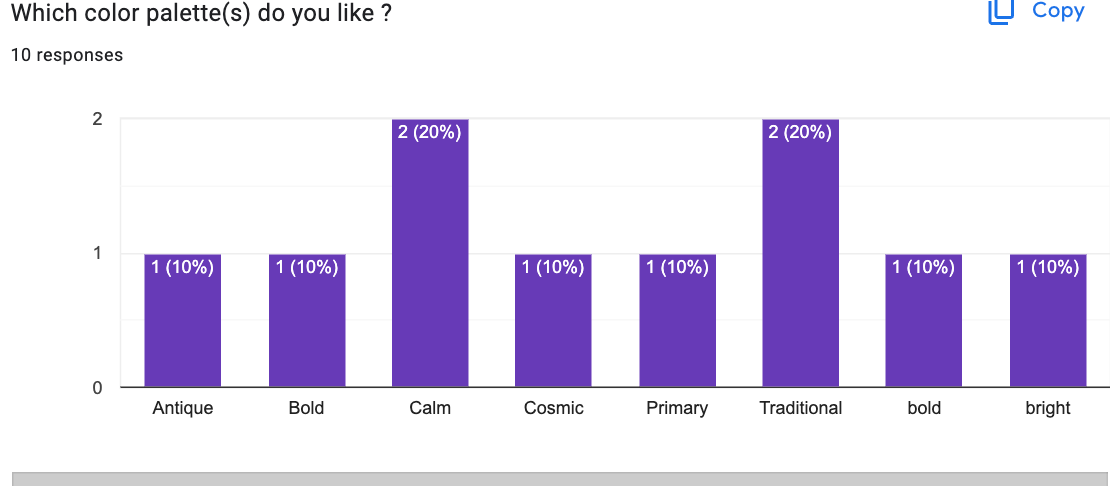
The Process + Pieces
The Artist Team Pitch / Work Examples



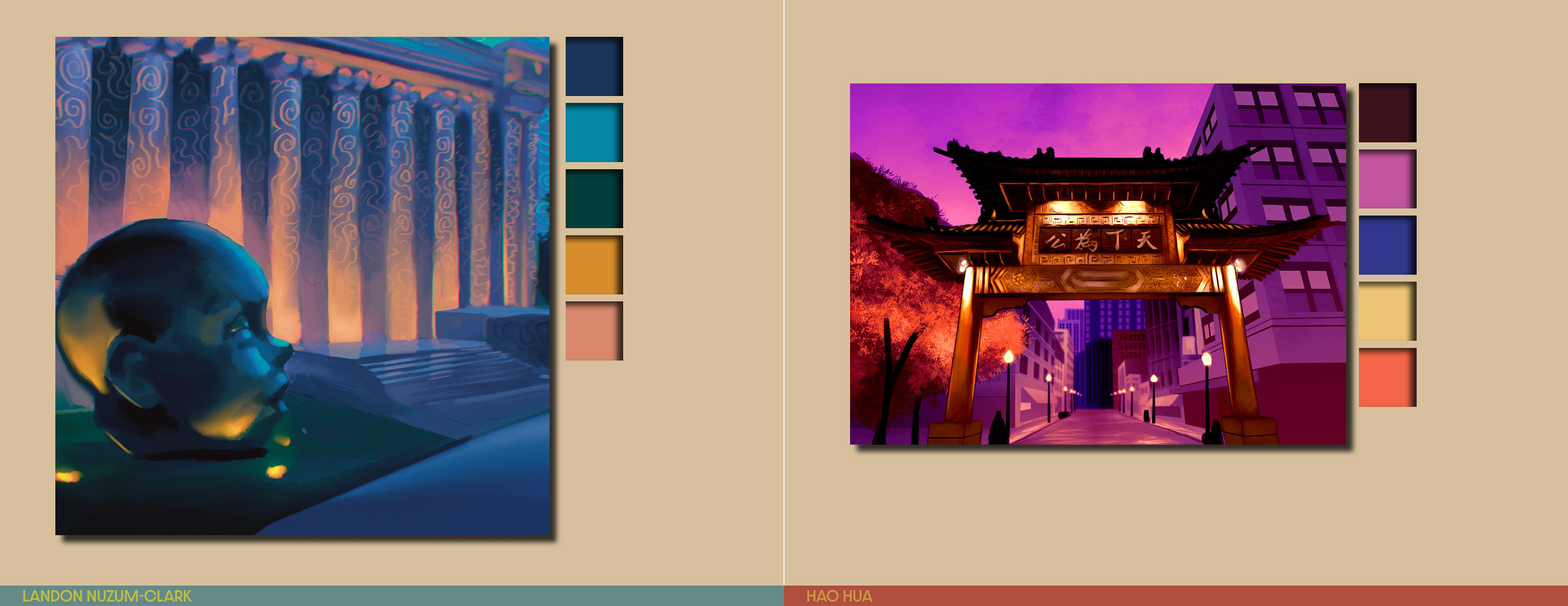
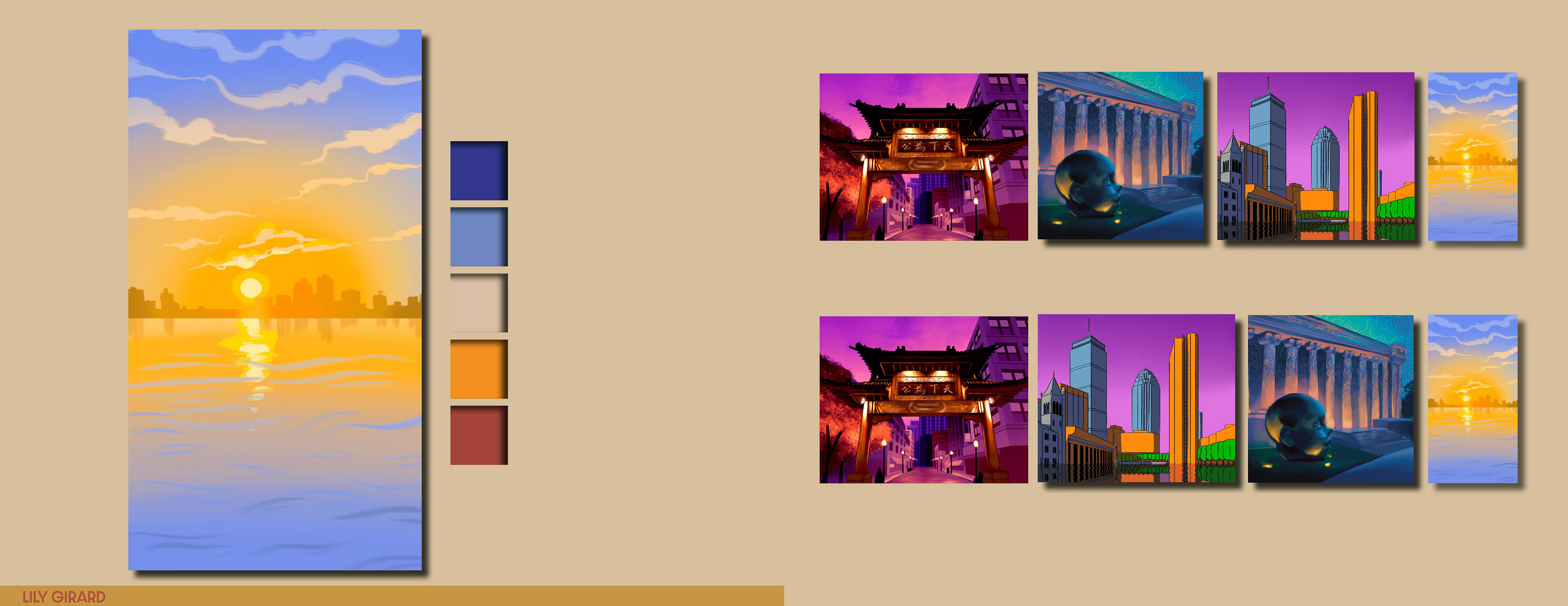



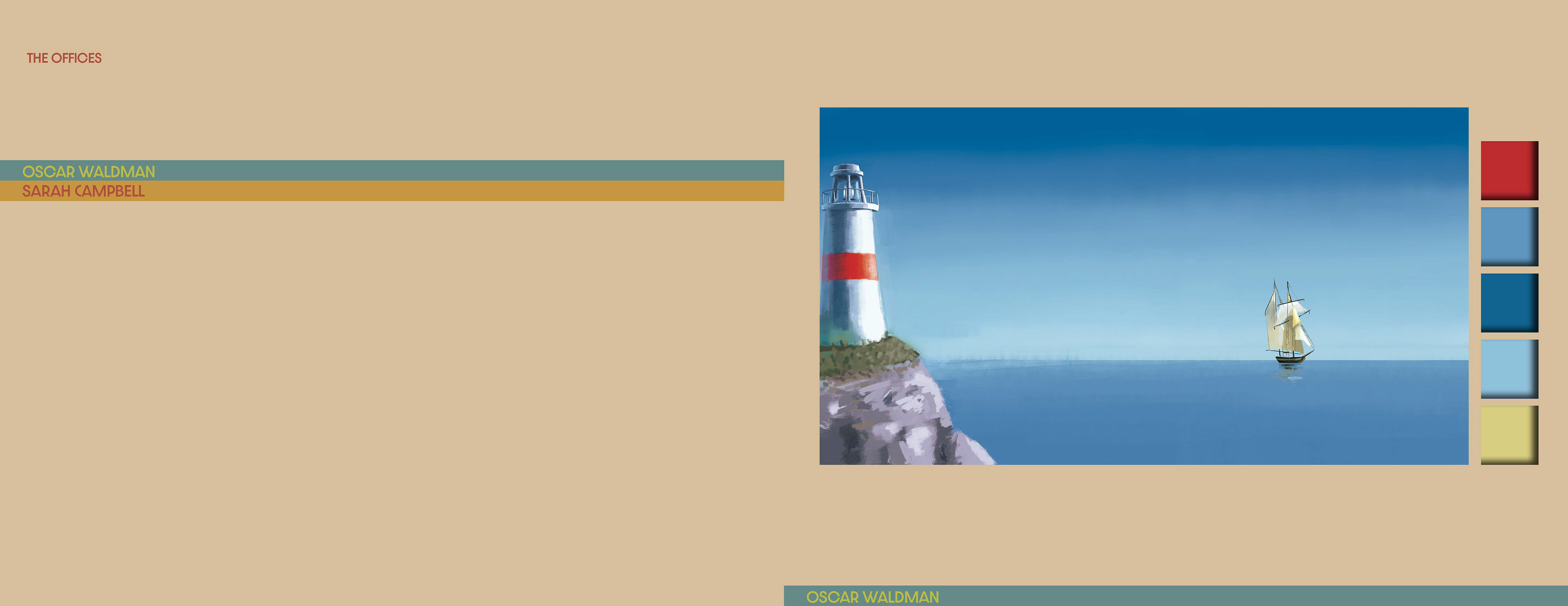


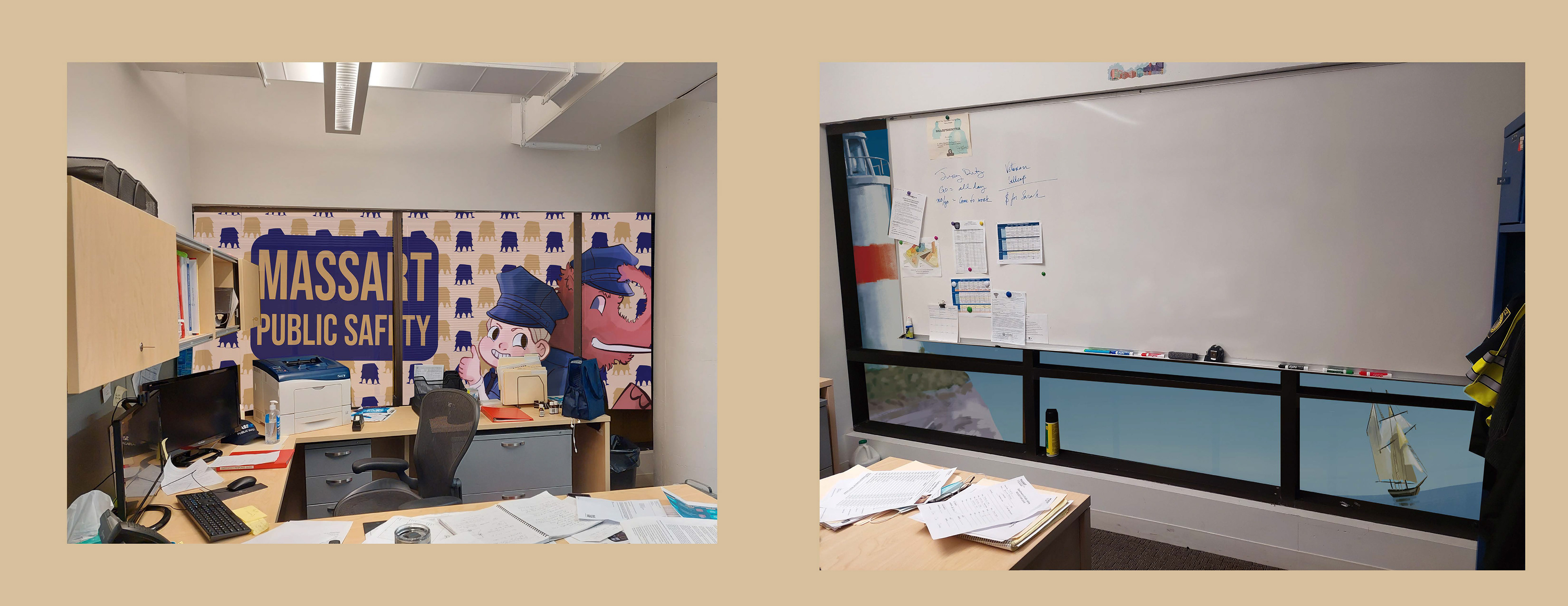
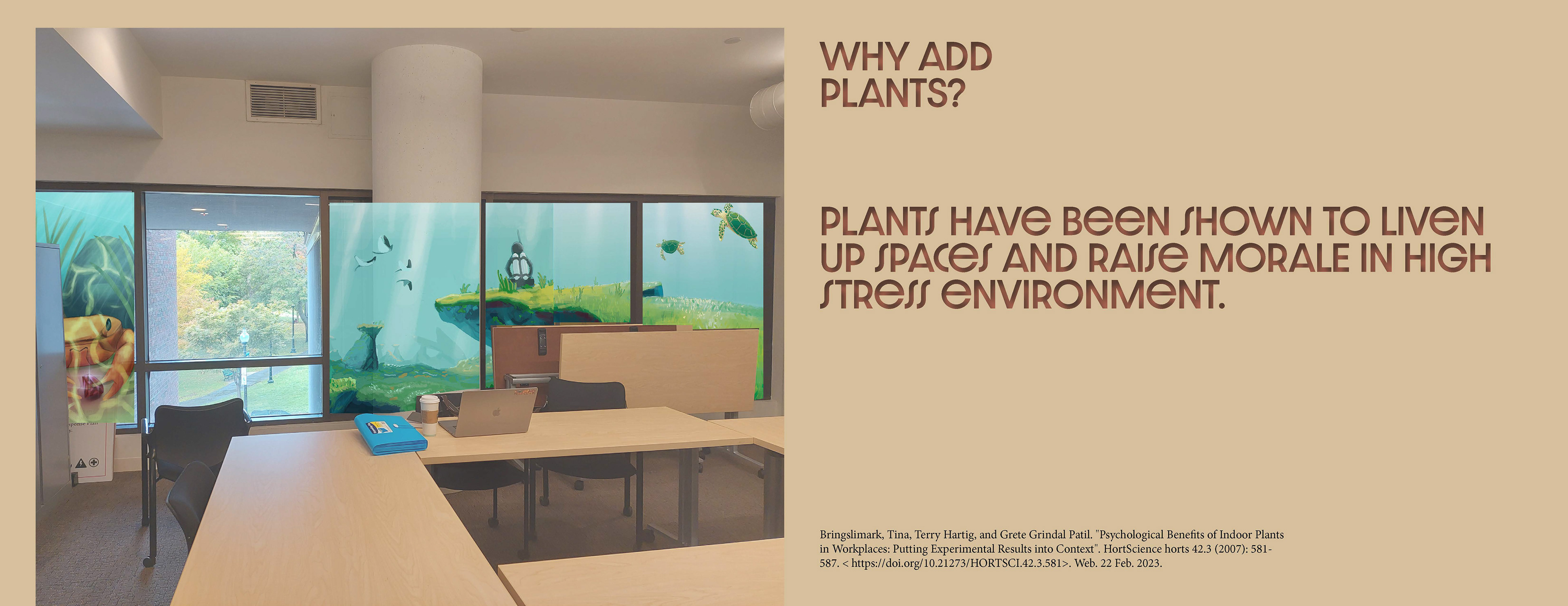
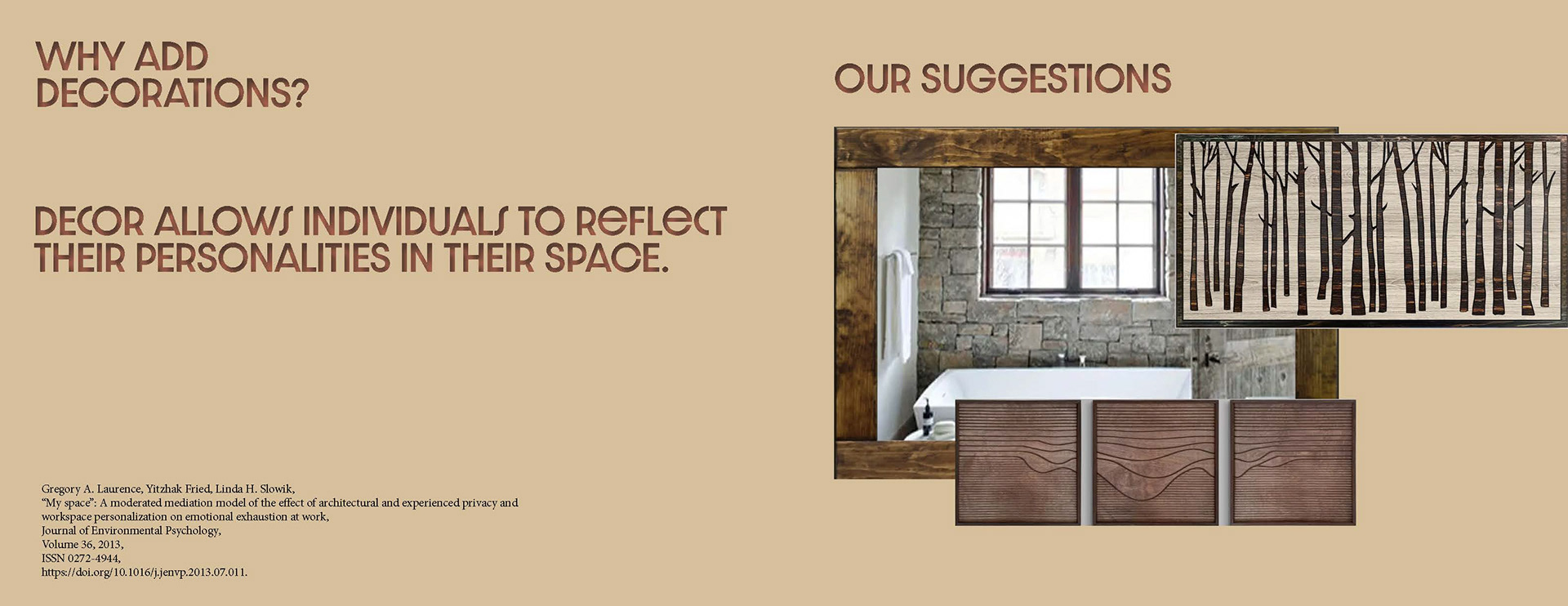
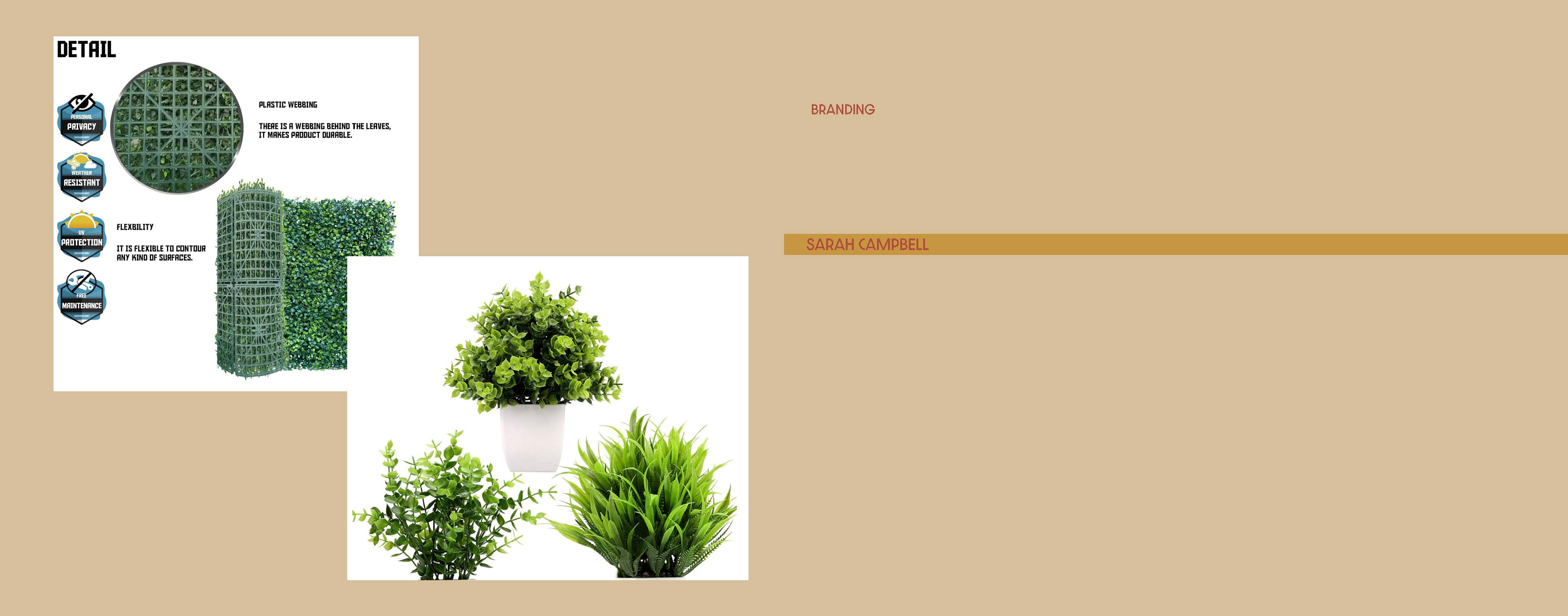
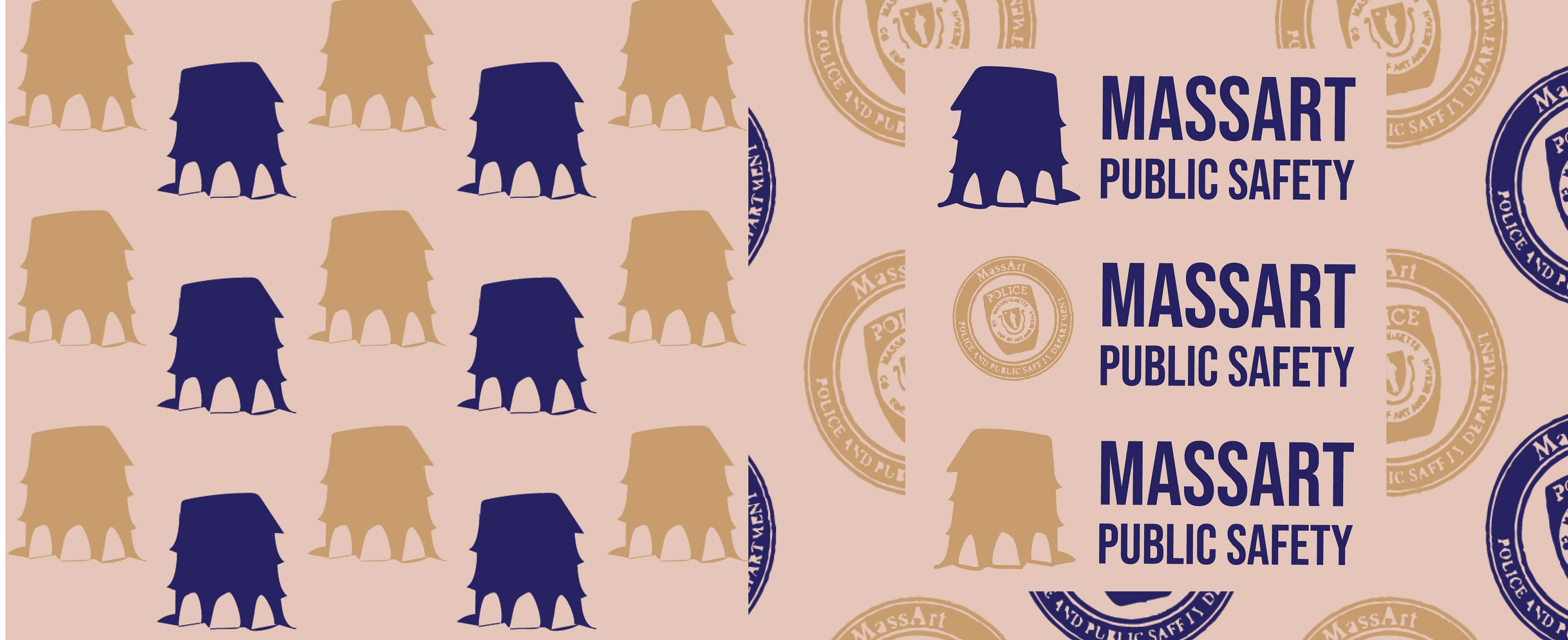

The Finished pieces in the space
The Offices
Sarah Campbell
Oscar Waldman
The Officer Work Area
From Left to Right:
Hao Hua, Oscar Waldman, Landon Nuzum-Clark, Lily Girard
The Conference Room
From Left to Right:
Samuel Billings, Oscar Waldman,